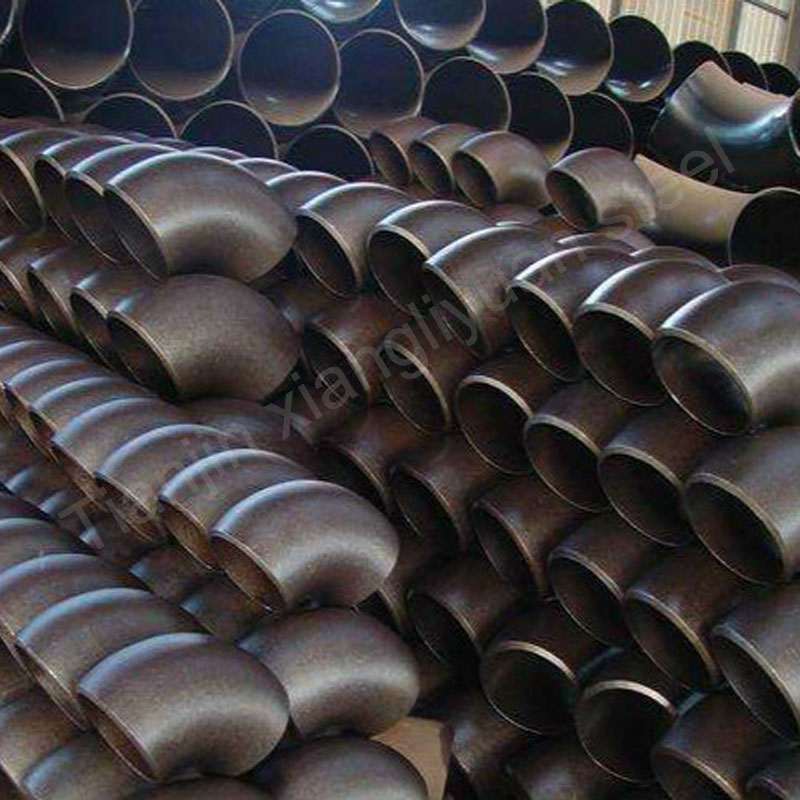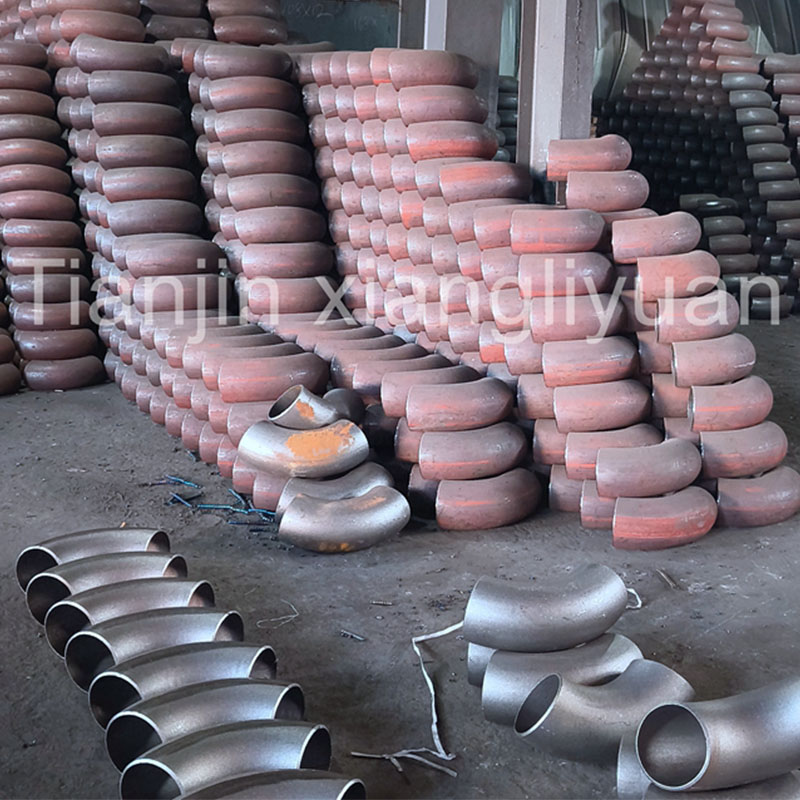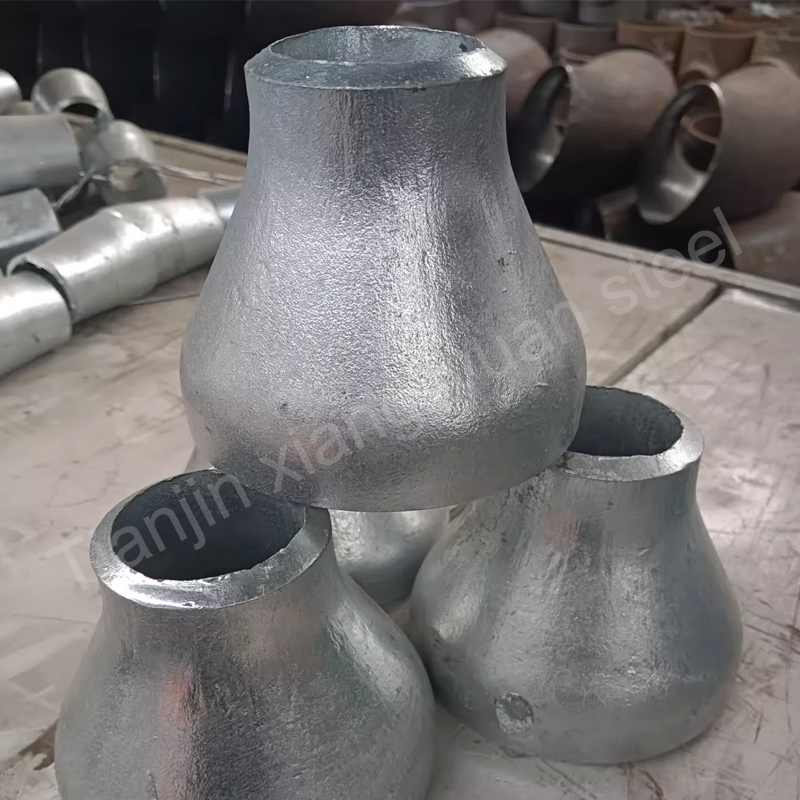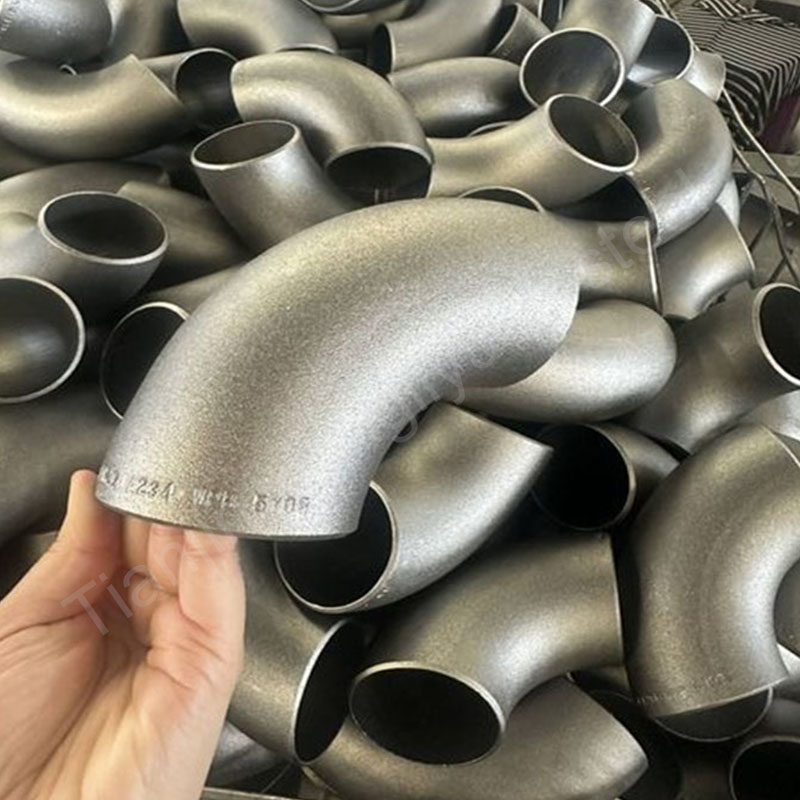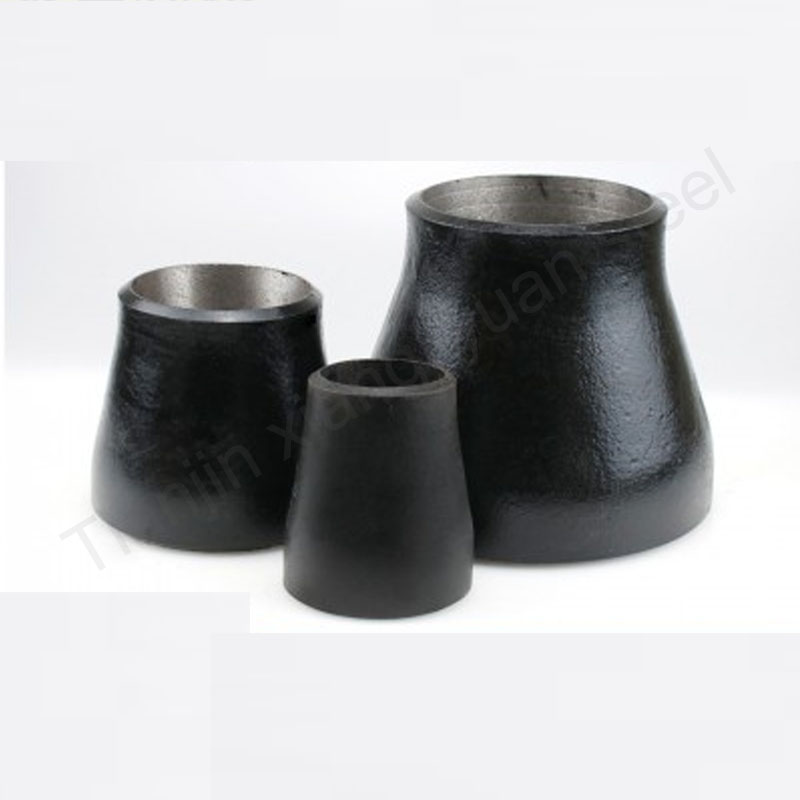Carbon steel elbows are one of the commonly used connectors pipe fitting in pipeline systems and are used to change the direction of pipelines.
The models of carbon steel elbows are mainly divided according to their bending angles and structures.
Common ones are:
45 degree elbows
90 degree elbows
180 degree elbows
Other non-standard elbows (such as 60 degrees, 120 degrees, etc.)
The main materials of carbon steel elbows include: Q235, 20#, A234 WPB, A105, etc.
Q235: Ordinary carbon structural steel, commonly used for general structural parts.
20#: High-quality carbon structural steel, commonly used in pressure vessels, boilers, etc.
A234 WPB: Carbon steel elbows that meet ASTM A234 standards are widely used in pipeline systems in industries such as petroleum, chemical industry, and electric power.
The production and use of carbon steel elbows generally follow the following standards:
ASTM A234/A234M: Standard for carbon steel and alloy steel pipe fittings
ASME B16.9: Standard for factory-made welded pipe fittings
DIN 2605: German standard for pipe fittings
GB/T 12459: Chinese standard, steel butt-welded seamless pipe fittings
JIS B2311: Japanese standard for carbon steel pipe fittings
Carbon steel elbows are widely used in various industrial piping systems, and their main uses include:
Oil and gas industry: Pipe systems for transporting oil and gas.
Chemical industry: Used for the connection of chemical equipment and piping systems.
Power industry: Pipe systems for thermal power plants, nuclear power plants, etc.
Construction industry: Used for water supply, drainage, heating and other systems.
Shipbuilding industry: Used for the connection of ship piping systems.
Carbon steel elbows have become an indispensable component in industrial piping systems due to their high strength, good toughness, strong corrosion resistance and low cost.

